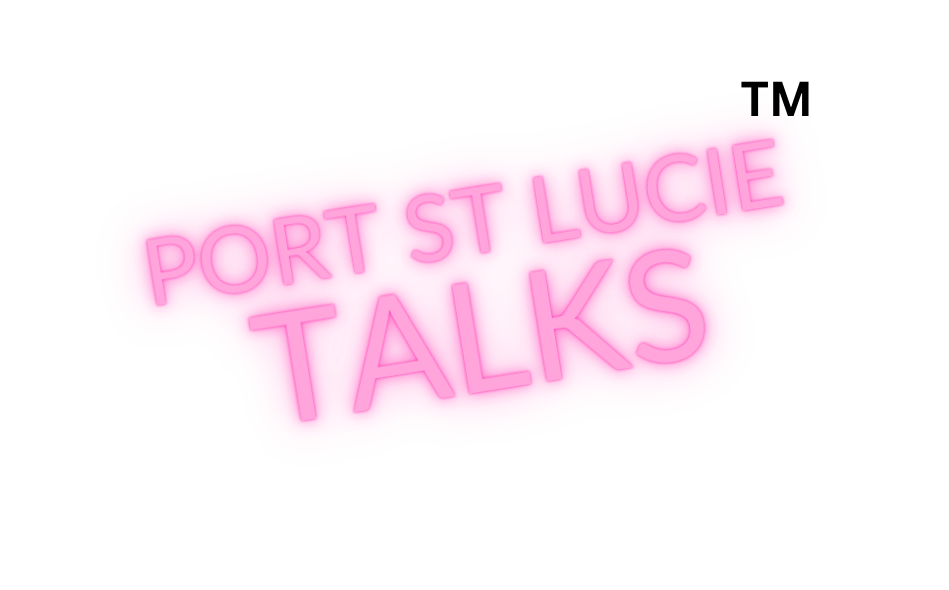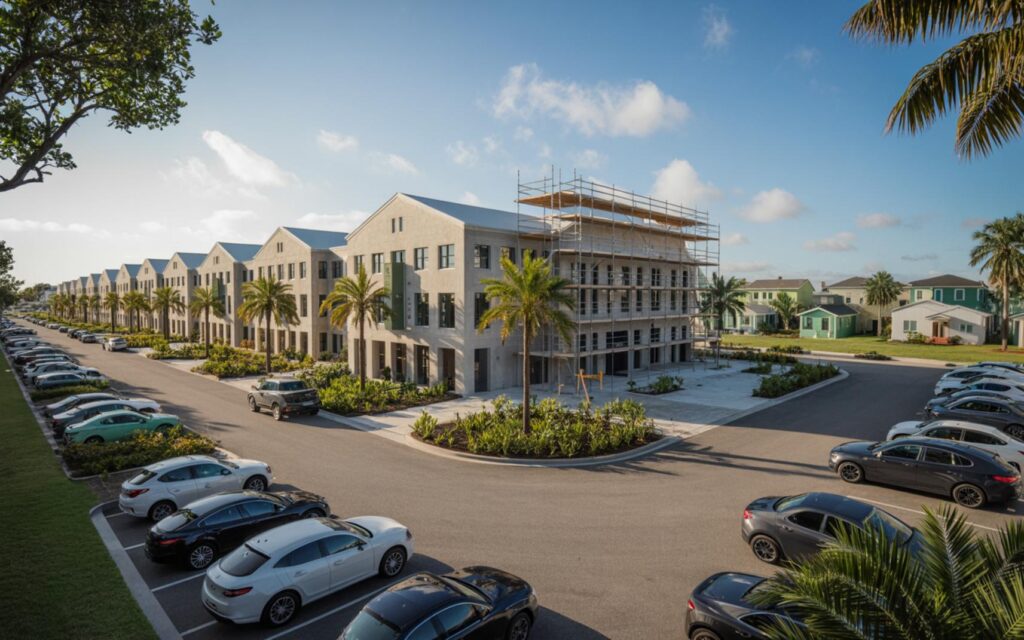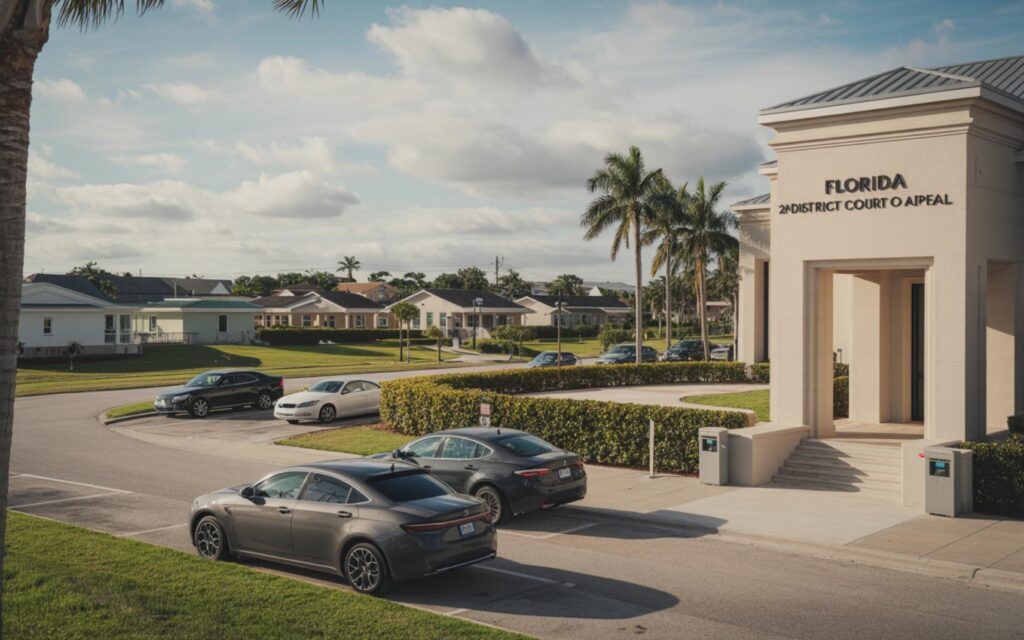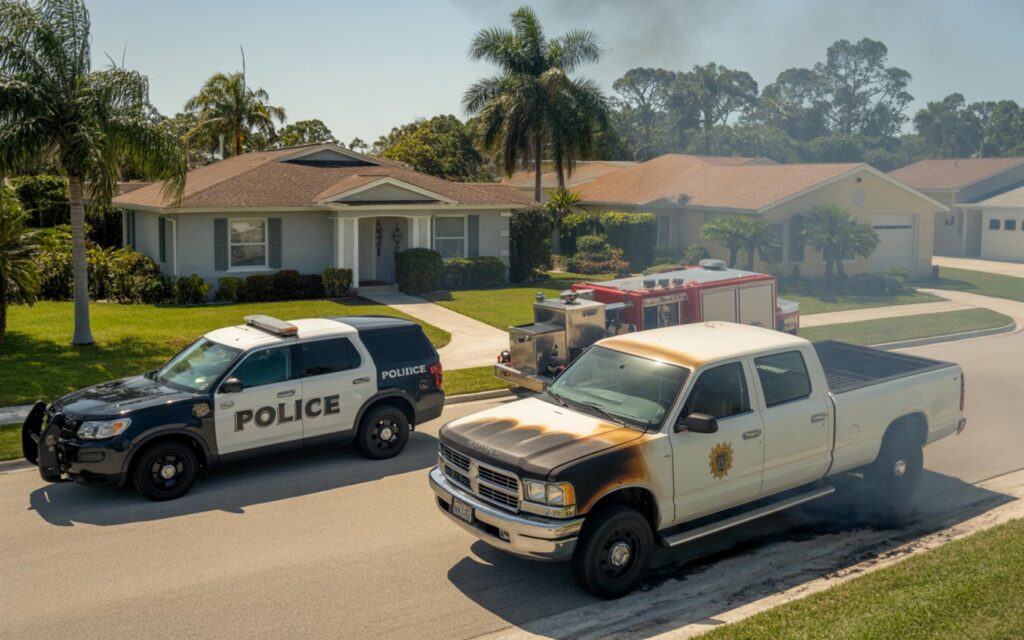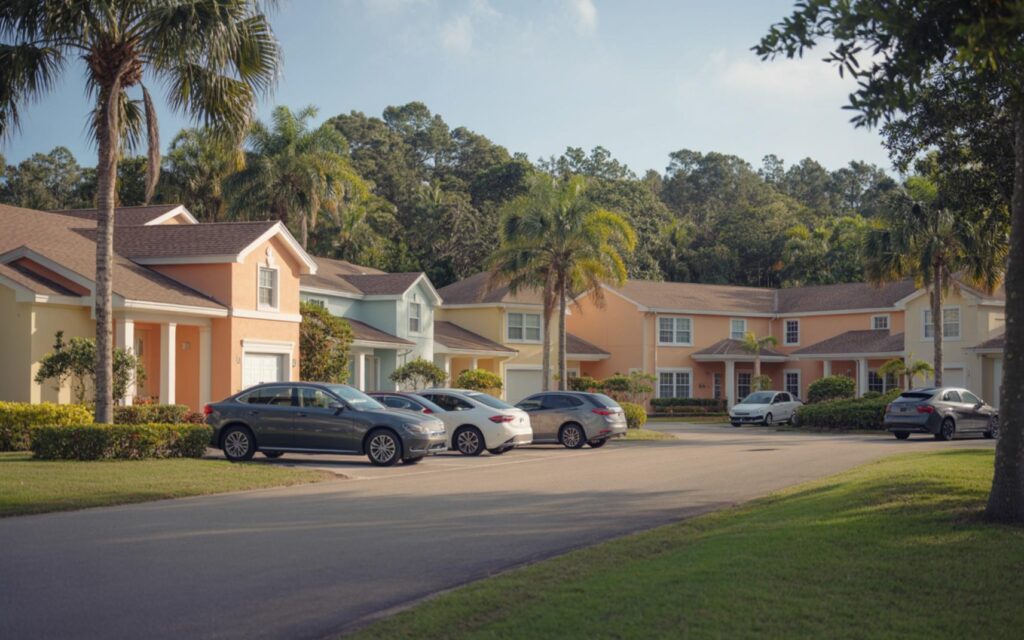Artificial reef projects on Florida’s Treasure Coast have been halted following the closure of a key Fort Pierce business, raising concerns about the future of marine habitat restoration and local economic activity. Artificial reef projects are vital for supporting marine life, recreational fishing, and the regional economy, with the Treasure Coast historically playing a significant role in statewide reef initiatives.
Artificial Reef Projects on Treasure Coast: Current Status
The main keyword, artificial reef projects, is central to ongoing environmental and economic efforts along the Treasure Coast. According to the Florida Fish and Wildlife Conservation Commission (FWC), the sudden closure of a Fort Pierce business that supplied essential services and materials has led to a pause in new reef deployments in the region.
Local governments and agencies are now seeking alternative providers to resume construction and maintenance of artificial reefs. The interruption highlights the dependency of conservation projects on local infrastructure and specialized businesses.
Importance of Artificial Reefs for Florida’s Marine Ecosystems
Artificial reefs are man-made underwater structures designed to enhance marine habitats, support fisheries, and offer recreational opportunities. The FWC Artificial Reef Program has deployed thousands of reef modules across Florida, partnering with local governments, nonprofits, and universities for both deployment and ongoing monitoring.
According to FWC, over $11 million has been allocated for artificial reef creation and restoration in counties affected by the BP Oil Spill. These projects contribute significantly to Florida’s marine economy, supporting tens of thousands of jobs and generating billions in economic activity.
Ecological and Economic Benefits of Artificial Reef Projects
- Habitat creation: Artificial reefs provide shelter and breeding grounds for fish and other marine organisms.
- Fisheries enhancement: Improved fish populations benefit both commercial and recreational fishing.
- Tourism support: Divers and anglers are drawn to artificial reefs, boosting local tourism revenue.
- Economic impact: Healthy marine ecosystems support jobs and local businesses throughout the Treasure Coast.
Permitting and Oversight of Artificial Reef Projects
The permitting process for artificial reef projects is managed by the U.S. Army Corps of Engineers and the Florida Department of Environmental Protection, with input from FWC. These agencies ensure that reef deployments meet environmental standards and serve their intended conservation purposes.
Fort Pierce has long served as a hub for artificial reef deployment and marine services on the Treasure Coast, making the recent business closure particularly impactful for regional projects.
Regulatory Partners and Oversight Agencies
- Florida Fish and Wildlife Conservation Commission (FWC)
- U.S. Army Corps of Engineers
- Florida Department of Environmental Protection
- Local governments and nonprofit organizations
Challenges Facing Artificial Reef Projects on the Treasure Coast
According to FWC, the closure of the Fort Pierce business has disrupted ongoing and planned artificial reef projects. Local governments are working to identify new partners or suppliers to restore momentum in reef deployment and maintenance.
Experts emphasize that interruptions in artificial reef construction can negatively affect marine habitats and the recreational fishing industry. The halt also underscores the vulnerability of conservation initiatives to changes in local business operations.
Expert Perspectives on Artificial Reef Program Resilience
- Diversified supply chains: Experts recommend reducing reliance on single providers to avoid future disruptions.
- Intergovernmental coordination: Increased collaboration between agencies and organizations can support continuity in reef programs.
- Ongoing monitoring: Adaptive management and regular assessment are essential for maximizing the ecological and economic benefits of artificial reefs.
Broader Efforts in Florida: Coral Restoration and Marine Resilience
While artificial reef projects on the Treasure Coast are paused, broader efforts in Florida continue to focus on coral restoration and marine resilience. According to FWC, recent coral bleaching events and climate change impacts have increased the urgency for robust reef restoration strategies.
Artificial reefs remain a key component of Florida’s marine conservation and fisheries management plans. The health of these ecosystems is closely tied to the economic well-being of rural and coastal communities throughout the state.
Frequently Asked Questions About Artificial Reef Projects
What are artificial reef projects and why are they important?
Artificial reef projects involve placing man-made structures underwater to support marine life and fisheries. They help create new habitats, boost fish populations, and support local tourism and fishing industries.
How much do artificial reef projects contribute to Florida’s economy?
Artificial reefs support tens of thousands of jobs and generate billions of dollars in economic activity across Florida, according to FWC. They are important for both commercial and recreational fishing, as well as tourism.
Are there any active artificial reef projects on the Treasure Coast now?
As of 2025, artificial reef projects on the Treasure Coast are paused due to the closure of a key business in Fort Pierce. Local agencies are seeking new partners to resume these efforts.
Can you visit artificial reefs near Port St. Lucie?
Yes, many artificial reefs are accessible to divers and anglers near Port St. Lucie and throughout the Treasure Coast. Access may depend on current project status and local regulations.
Where are artificial reef projects managed in Florida?
The Florida Fish and Wildlife Conservation Commission oversees artificial reef projects statewide, working with local governments and federal agencies. Permitting is handled by the U.S. Army Corps of Engineers and the Florida Department of Environmental Protection.
